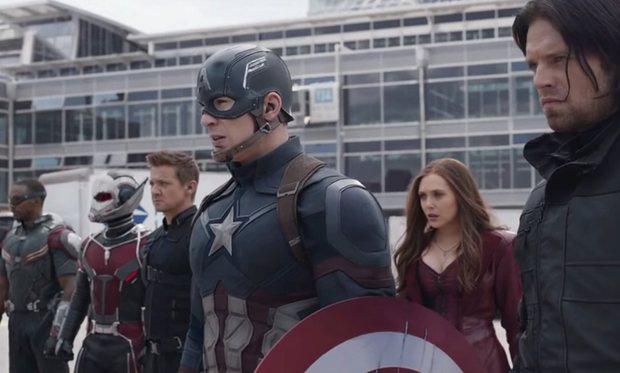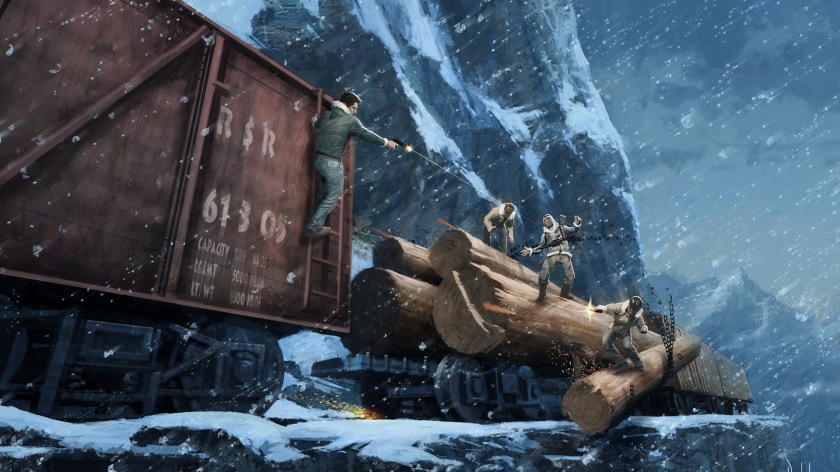Expectations could not have been higher for Chance the Rapper third mixtape, Coloring Book. His last mixtape, Acid Rap, was a masterpiece, 13 fantastic tracks that have held up in the three years since. His work since has been sporadic but memorable, taking a backseat role on Donnie Trumpet’s Surf which still gave him ample spotlight on great tracks like Wanna Be Cool and Sunday Candy, and stealing Ultralight Beams on Kanye’s The Life of Pablo with sixteen bars of fire, which included a promise that he’d do a good ass job with Chance 3. Throughout all of this, Chance has maintained his image as just a really nice guy, backed up by his bandleader approach to Surf and propensity to write cheer-up songs like Wanna Be Cool and Everybody’s Somebody. On Chance 3, the streak of goodwill ends for me. It’s a safe album where Chance lets go of most of what made him unique to fit the styles of his mentors and new, more famous friends, and where his all-around decentness finally starts showing signs of self-righteousness.
If there’s one thread that absolutely works at keeping Chance’s nice guy cred alive, its his treatment of his ex-girlfriend and daughter’s mother, which is the polar opposite of the Kim Mather’s treatment. “Man my daughter couldn’t have a better mother/If she ever find another he better love her,” he raps on opener “All We Got” without an ounce of sarcasm or defensiveness. But he spends more time on Coloring Book professing the evils of record labels and patting himself on the back for remaining unsigned and putting out a free mixtape (nevermind that it’s a timed exclusive for streaming services). It would be one thing for this to show up in a couple of lines, but it forms the hook of two separate tracks (“No Problem” and “Mixtape”). While the principle is a good one, his repeated mention of it makes it seem like he’s doing it specifically for the cred rather than any moral or personal stance. Repetitiveness of the message hurts the album overall: for example, “Same Drugs” starts off with so much promise, but runs out of new tricks twenty seconds in.
The biggest problem with Coloring Book is the mixing and production, which has some great beats that don’t fit its star whatsoever. Chance’s cadence has always been unique in the field, and while he can tongue-twist side-to-side with giants, he can’t command a beat like Kendrick and Rick Ross, for example. Acid Raps’ piano-based, relaxed jam band approach was the perfect fit, and while I like that Chance is trying new things, he gets lost in the beats that show up here. Particularly in “No Problem” and “All Night”, both of which have fantastically catchy beats that leave no room for the MCs to breathe. Even vet Lil’ Wayne gets completely lost in “No Problem”, and while “All Night” is worth listening too due solely to Kaytranada’s fantastic beat, Chance himself adds nothing at all. Chance apes Kanye throughout the album, particularly with over-indulgent gospel pieces which work in small amounts but become thematically and musically overbearing. Notably, on Future-featuring track “Smoke Break”, Chance apes Future’s delivery to awkward results, while the more relaxed beat gives Future’s rasp no favours.
It’s not all for naught though. “Juke Jam” is a touching laid back track, with Chance reminiscing on young unrequited love. “Angels”, which was previewed almost a year ago, feels most like old Chance, and remains the clear album standout, with Chance feeling alive and energized over trumpet and steel drums. It’s likely not a coincidence that this i the oldest track on the album, and one of the few to not feature a megastar. As Chance broke into the mainstream, he seems to have internalized the influence of the giants he now walks among. No good art exists in a vacuum, but on Coloring Book, Chance has lost the individuality that usually gives him spark. The result is unmemorable and infuriatingly unoriginal, but I’ll still eagerly anticipate what Chance does next.
C-

Coloring Book (2016)
By Chance the Rapper
57:20
Available on Apple Music
Best Tracks: Angels, Juke Jam, All Night







